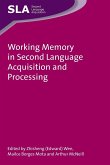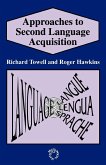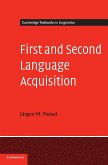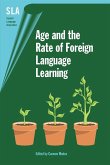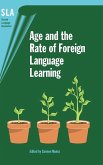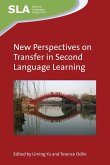This book examines the assumptions that are customarily made about the role of age in second language acquisition. The evidence and arguments presented in the book run counter to the idea that an early start in second language learning is either absolutely sufficient or necessary for the attainment of native-like mastery of a second language.


